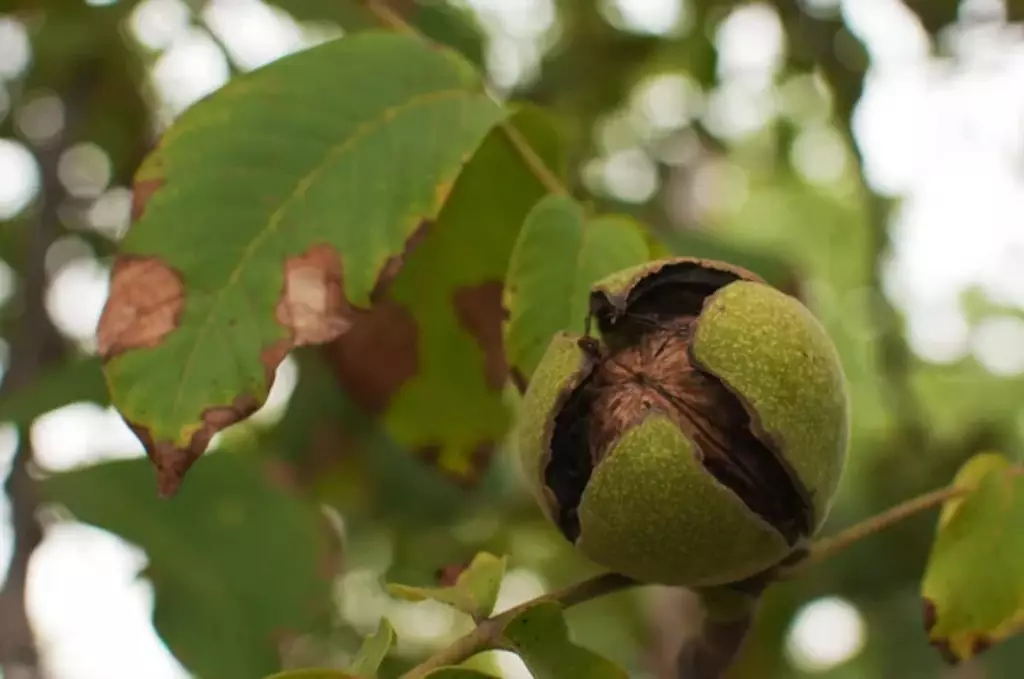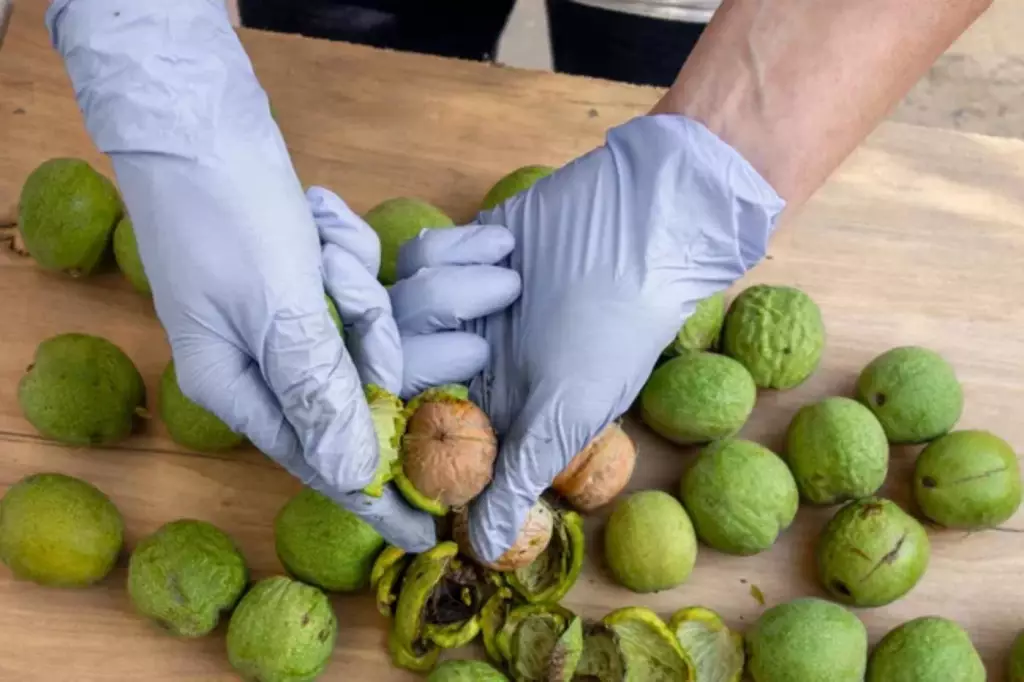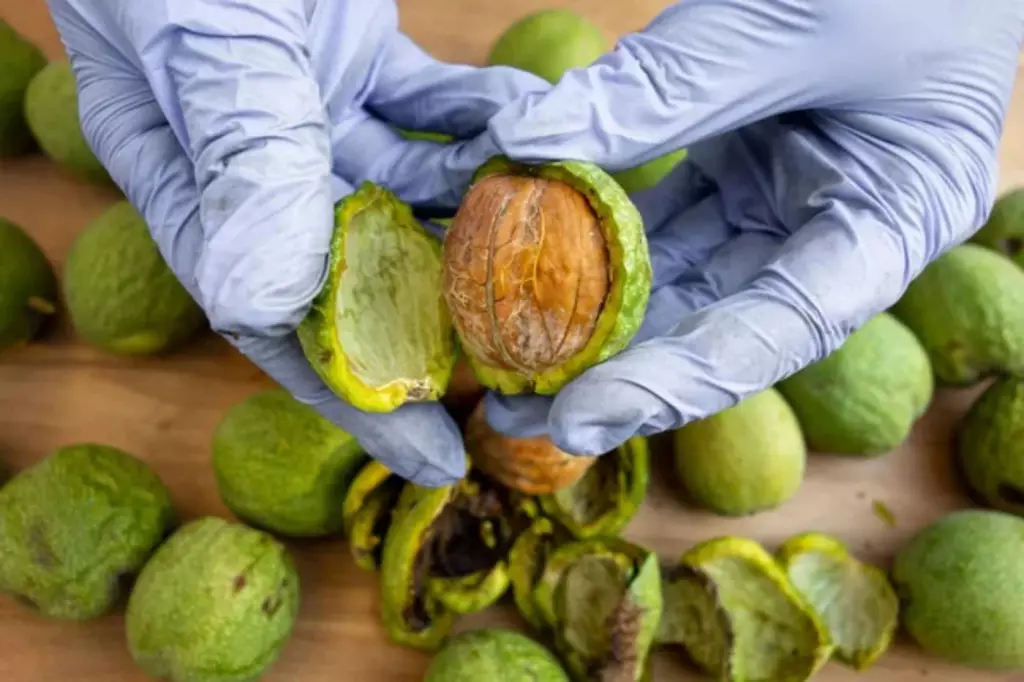Which Country Leads the World in Walnut Production?
With over 1.06 million metric tons produced annually, the global walnut industry has seen a significant player emerge as the front-runner. This leading country harnesses advanced agricultural techniques and a favorable climate to cultivate a substantial portion of the world's walnuts. In this article, we will delve into the intricate dynamics of the global walnut production landscape, spotlighting the country that has emerged as the world's largest producer.
China leads the world in walnut production, with 1 million hectares allotted for walnut cultivation. The United States, particularly California, ranks second, contributing significantly to the global supply of walnuts. Other notable producers include Iran, Turkey, and Ukraine.
These nations' dominance in walnut production is no mere accident; it's the result of a harmonious blend of geographical blessings, cutting-edge agricultural practices, and a deep-rooted cultural affinity for walnut cultivation. Learn more about potential walnut producers, as you read further.
Summary
- China is the world's leading producer of walnuts, contributing significantly to the global supply with a recent annual production reaching 1.4 million metric tons, attributed to favorable climates and government support for agriculture.
- The extensive cultivation and export capabilities have positioned China not only to meet domestic demand, but also to be a major player in international walnut trade.
- The United States is a strong contender in both the production and quality of walnuts, highlighting a diversified global supply landscape.
- The global walnut industry faces challenges such as fluctuating production costs, climate impact, and pest management, which are crucial factors for both existing and potential new producers to consider for sustaining and enhancing their market position.

On this page:
China Leads the World in Walnut Production
You might be wondering which country stands at the forefront of walnut production. Look no further than China, which dominates the global market overwhelmingly.
Their vast walnut orchards yielded about 1.4 million metric tons of the hard-shelled nuts in last year's season, highlighting the country's integral role in the nut industry.
China is the largest producer of walnuts
The table below reflects the latest available forecasts and actual production data for China's walnut production, highlighting the country's significant role in the global walnut market.
| Marketing Year | Walnut Production (in million metric tons) | Notes |
|---|---|---|
| 2021/22 | 1.1 | Production expected to remain unchanged from the previous season. Challenges like spring frost in Xinjiang were offset by gains in another province. |
| 2022/23 | 1.4 | Forecasted to increase by 27% largely due to a production rebound in western China. |
China's position as the largest producer of walnuts can be attributed to several factors:

China offers a vast array of suitable climates and terrains
The country's extensive landmass encompasses regions with temperate climates ideal for walnut trees, which thrive in such conditions. Provinces like Xinjiang, Yunnan, and Shaanxi are particularly notable for their significant walnut production.
The Chinese government has actively supported the agricultural sector
This includes walnut farming- through subsidies, research, and development programs. Investments in agricultural technology and the promotion of modern farming practices have helped increase yields and improve the quality of the produce.
Chinese farmers have advanced agricultural practices
China has adopted modern and efficient agricultural practices, including improved walnut varieties, scientific management of orchards, and mechanization, which significantly enhance production efficiency and output.
China has a large domestic market
With its vast population, China also has a large domestic market for walnuts, which drives production. The growing middle class and increased awareness about the health benefits of walnuts have further fueled domestic demand.
China has strong export capabilities
Besides satisfying domestic demand, China has established a strong presence in the international market, exporting walnuts to various countries.
This not only brings in significant revenue but also encourages producers to maintain high standards of quality to remain competitive globally.
China has the most number of walnut trees
China is the clear leader when it comes to the number of walnut trees due to the following reasons:
They have an unwavering agricultural dedication
Agriculture is a critical sector in China, with significant resources and research dedicated to improving crop yields, farming techniques, and sustainability.
The cultivation of walnuts benefits from this focus, with advanced farming techniques and research into varieties that are more productive and resistant to pests and diseases.
They have continuous orchard expansion
Over recent years, China has significantly increased the area dedicated to walnut orchards. This expansion is part of a broader strategy to boost the agricultural sector and increase exports of high-value crops.

The government and private sector investments in walnut production have led to the development of vast orchards, making China the largest walnut producer globally.
Other Largest Walnut Producing Countries
| Country | Estimated Walnut Production (Metric Tons) 2023/24 |
|---|---|
| China | 1,350,000 MT |
| United States | 689,460 MT |
| Iran | 40,000 MT |
| Turkey | 55,000 MT |
| Mexico | - |
| Ukraine | 78,000 MT |
| Chile | 170,400 MT |
| Greece | - |
| France | 38,000 MT |
| Australia | 7,000 MT |
Following China, the United States, often referred to as the United States of America, takes the second place on the podium of walnut production.
The US manages to produce approximately 682,000 metric tons of walnuts yearly. This fact places the US in a significant position in the global walnut market, showcasing its strength in agricultural production.
Other key players in the arena include Iran and Turkey, both known for their considerable contributions to the world's walnut supply.
Remarkably, Mexico, Ukraine, Chile, Greece, France, and Australia are also important walnut-producing countries, each with their respective roles in the global market.
You'll find that these countries have optimized their climates and resources to ensure they remain at the forefront of the industry. This pivotal role of the top nations underpins the supply chain of this nutritious nut to markets worldwide.
Trade and Export Dynamics
In the arena of walnut production, trade dynamics are heavily influenced by leading producers such as China and the United States, which also dominate the export landscape.

World's leading exporters of walnuts
China stands as the top worldwide producer of walnuts, with significant volumes flowing into international markets.
When it comes to the value of these exports, the United States emerges as the key player, with walnut exports generating substantial revenue.
In 2022, the U.S. exported walnuts worth over $1.3 billion, which accounted for a large share of the overall walnut trade. The US, particularly California, also produces the best quality walnuts around the globe.
Largest importer of walnuts
On the flip side, countries not producing enough walnuts to meet their domestic demands turn to imports.
India, for instance, while being a producer, still imports walnuts to supplement its growing demand for this nutritious nut. The country has shown a strong demand for walnuts, expected to exceed $85 million this fiscal year.
Germany was the top importer of walnuts in 2022 with imports valued at $352.8 million, significantly ahead of other countries. Spain and Japan followed, with imports worth $124.8 million and $115.0 million, respectively.
Importing countries assess their decisions based on factors like price, quality, and ongoing trade agreements with exporting nations.
Challenges Faced by Walnut Producers
When you venture into walnut production, you're greeted with a host of challenges that can impact your agricultural journey.
Fluctuating costs
One of the foremost challenges in walnut production is the variable costs involved, including labor for cultivation, storage, and transportation expenses. These fluctuations can significantly impact profitability.
This article contains a detailed breakdown of the expenses you might encounter when establishing a small walnut farm.
Production balance
Producers must navigate the delicate balance between supply and demand. A minor reduction in crop yield can trigger market-wide repercussions, especially in light of recent trends showing a production decline in major walnut-producing countries like the United States and China.
Climate impact
Weather patterns play a crucial role in agricultural success. Walnut producers face threats from droughts or frosts, which can damage crops and affect yield.
Pests and diseases
The threat of pests and diseases looms large, posing risks to large portions of the harvest. Effective management is crucial to safeguarding the crops. If you are cultivating black walnuts, here are some of the most common pest problems you may encounter.
Global market dynamics
The international market's fluctuations can influence the economic viability of exports. Producers must stay informed about global trends to optimize their market positioning.
Potential for New Walnut Producers
The global walnut production landscape presents a significant opportunity for new producers, especially in emerging markets. This is due to the established presence and market dominance of North America and the European Union.
Despite this dominance, the continuous global demand growth for walnuts suggests ample room for new entrants in the market.
These entrants could potentially disrupt the current market dynamics by leveraging advanced agricultural techniques and exploiting favorable climatic conditions, making the entry of new producers from both established and emerging regions not just possible but potentially lucrative.
Key areas of focus for new producers

Understanding the importance of climatic conditions
Walnuts thrive in very specific climatic conditions, necessitating cold winters and long, warm summers. Prospective walnut producers should identify geographic areas that offer these conditions, as they are fundamental to successful walnut farming.
Soil quality and management
The quality of soil plays a crucial role in the cultivation of walnuts. Ideal conditions include rich and well-drained soil.
New entrants may need to invest in enhancing soil quality through amendment practices, ensuring the soil meets the specific requirements for walnut production.
Adoption of innovative farming techniques
The agricultural sector's evolution has introduced numerous innovations aimed at improving yield and efficiency.
New walnut producers can gain a competitive edge by incorporating modern farming technologies and practices into their operations. This approach improves yield and can enhance the quality of the nuts produced.



